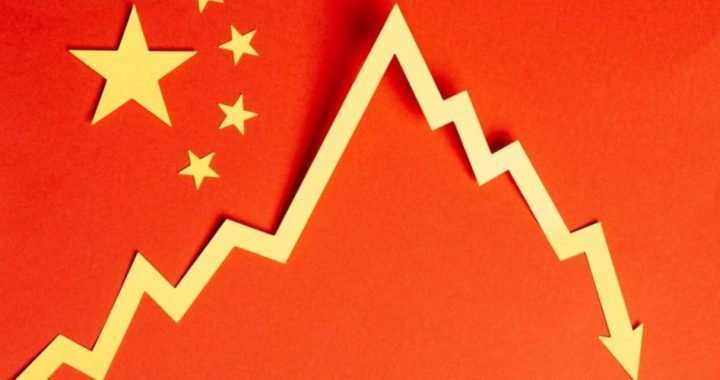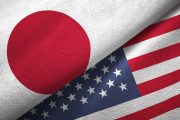
Podcast: Play in new window | Download ()
Subscribe: Android | RSS | More
The number of companies moving some, most, or all of their manufacturing operations out of China, or making plans to do so, is growing from a trickle to a flow and likely to a flood.
In July, the Nikkei Asian Review listed just a few of those companies, including Apple, Nintendo, Sketchers USA, Komatsu, Sumitomo Heavy Industries, Mitsubishi Electric, Ricoh, Citizen Watch, Panasonic, HP, Dell, Kyocera, Sharp, Nintendo, GoPro, and Samsung. Each of them is facing rising labor and environmental costs, an ever-changing crazy-quilt regulatory system, not to mention the tariff wars that will likely continue long after the highly-touted “Phase One” trade agreement has been signed with the United States.
And the flow is likely to turn into a flood, according to Dan Harris, head of an international law firm that works extensively in China: “For every foreign company that left China in 2019 there are two or three more seriously contemplating doing so. We expect more companies to leave China in 2020 that in 2019.”
As a direct result of those trade war tariffs, China has now fallen behind Mexico and Canada to become America’s third-largest trading partner. Before the tariff wars began in July 2018, China was number one.
Compared with June 2018, the month before the trade war began, U.S. imports of goods from Vietnam have soared by more than 50 percent, Thailand nearly 20 percent, Malaysia by 11 percent, Indonesia over 14 percent, Taiwan 30 percent, and Mexico nearly 13 percent.
The ripple effect is showing up in car sales in China, which have dropped for the second consecutive year, dropping 5.8 percent in 2018 and 7.4 percent last year. December car sales were down, the 18th down month out of the last 19.
As China’s consumers face food-price increases that are the highest in eight years, they are paring back elsewhere, slowing the country’s economy to its lowest pace seen in three decades. Official numbers from China’s public agencies are increasingly being ignored in favor of more realistic, and much lower, numbers coming from more reliable outside sources. The New American reported that estimates from those outside sources show China’s growth to be no more than half the official government estimates, with some suggesting zero GDP growth, year over year. For instance, the Federal Reserve Bank of St. Louis has expressed its skepticism about those government estimates:
One way to assess the quality of Chinese economic data is to look at the difference between the growth rate of real GDP reported by the government and the estimated growth from 1992 to 2006 using the night-lights [luminosity] data. Reported real GDP growth in China over this period is about 122 percent, while predicted growth using the night-lights data is only 57 percent.
This sizable gap suggests cumulative Chinese growth over the years could be overstated by as much as 65 percent.
The New American also posited the question: If the Chinese economy was growing at six percent a year or more over the last decade, why has the Shanghai Composite Index (made up of more than 1,000 Chinese companies) failed to show any growth whatsoever over that same period?
John Evans, managing director for marketing and consulting firm Tractus Asia, said that the companies that have left China for places such as Vietnam, Malaysia, Taiwan, Indonesia, and elsewhere where conditions are much more favorable are only the “first wave,” which started about 12 to 18 months ago. “The second ware started mid-2019,” he added.
The trade war isn’t going away anytime soon, according to Evans: “For companies exporting to the U.S. the entire time span of the trade war has sent the message that this isn’t going to go away and that they need to rethink things.” That’s especially true of the communists ruling the country, who are seeing their dream of overtaking the U.S. economically by 2030, and having an economy triple the size of the United States by 2050, slowly turning to ashes. Their “Hundred-Year Marathon” (Michael Pillsbury’s expression) to replace America as the global superpower is happily coming unglued as the economy staggers under Trump’s America First foreign policy initiatives.
The day of “Made in China” is slowly but surely becoming “NOT Made in China.”
Image: LemonTreeImages via iStock / Getty Images Plus
An Ivy League graduate and former investment advisor, Bob is a regular contributor to The New American, writing primarily on economics and politics. He can be reached at [email protected].
Related articles:



